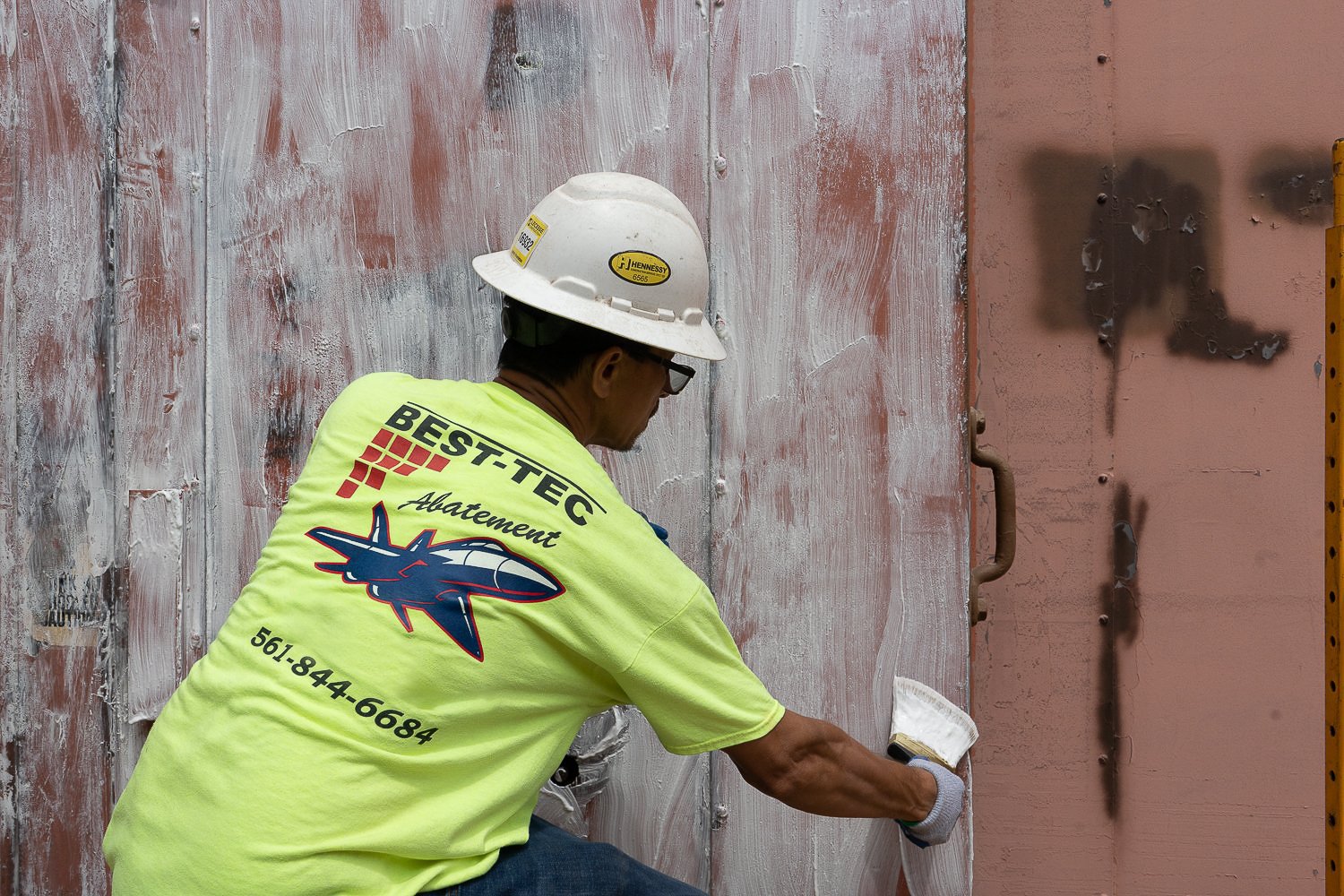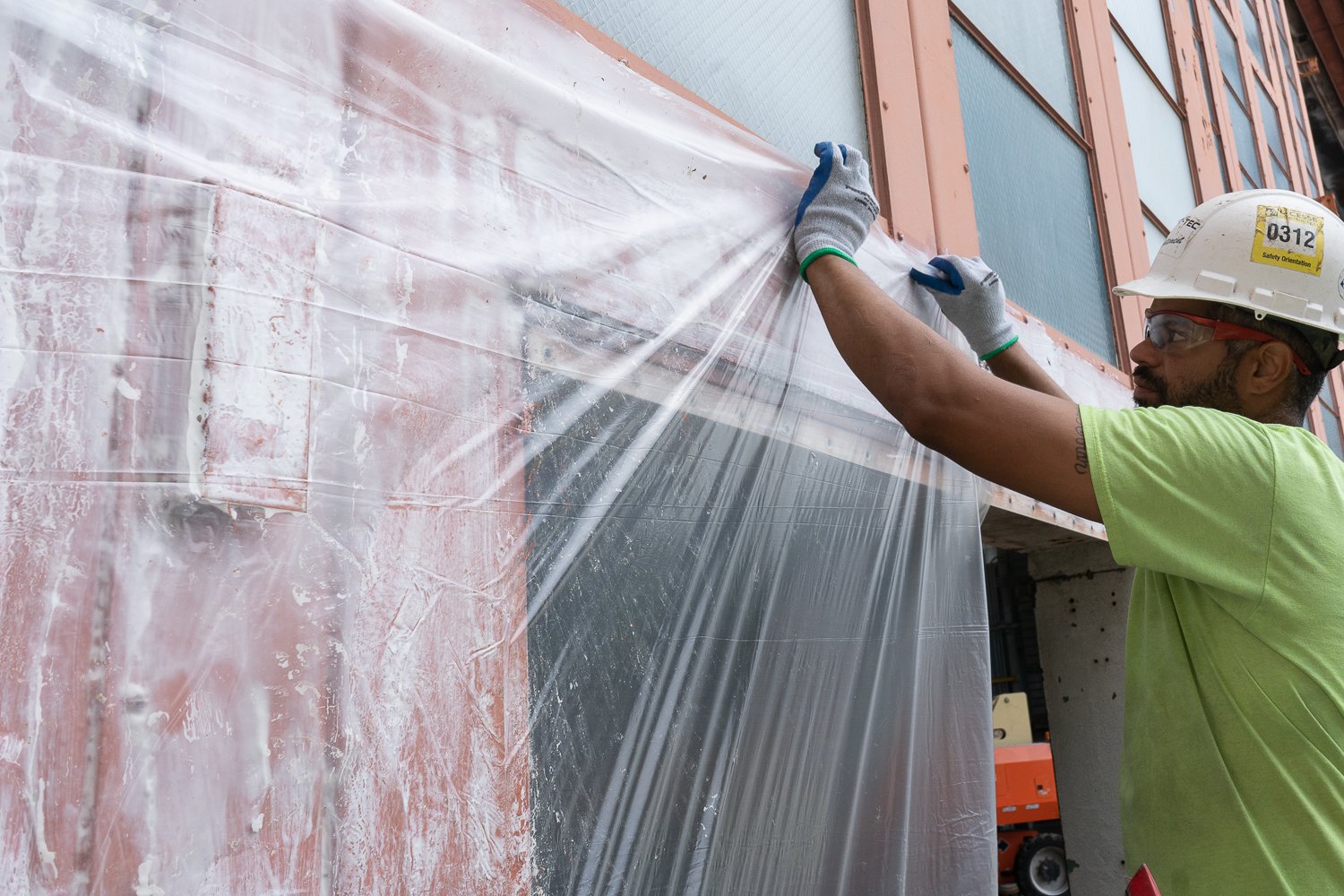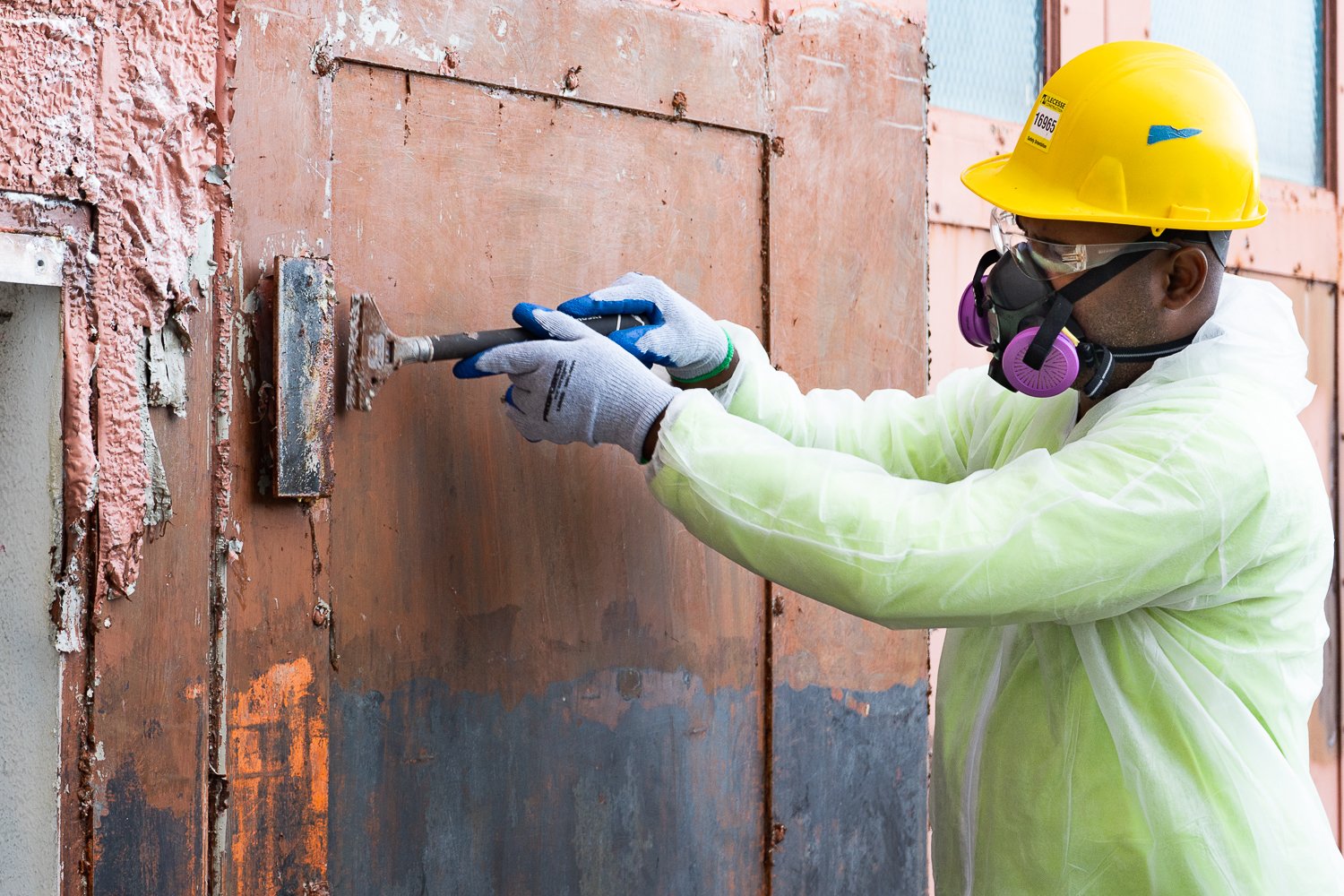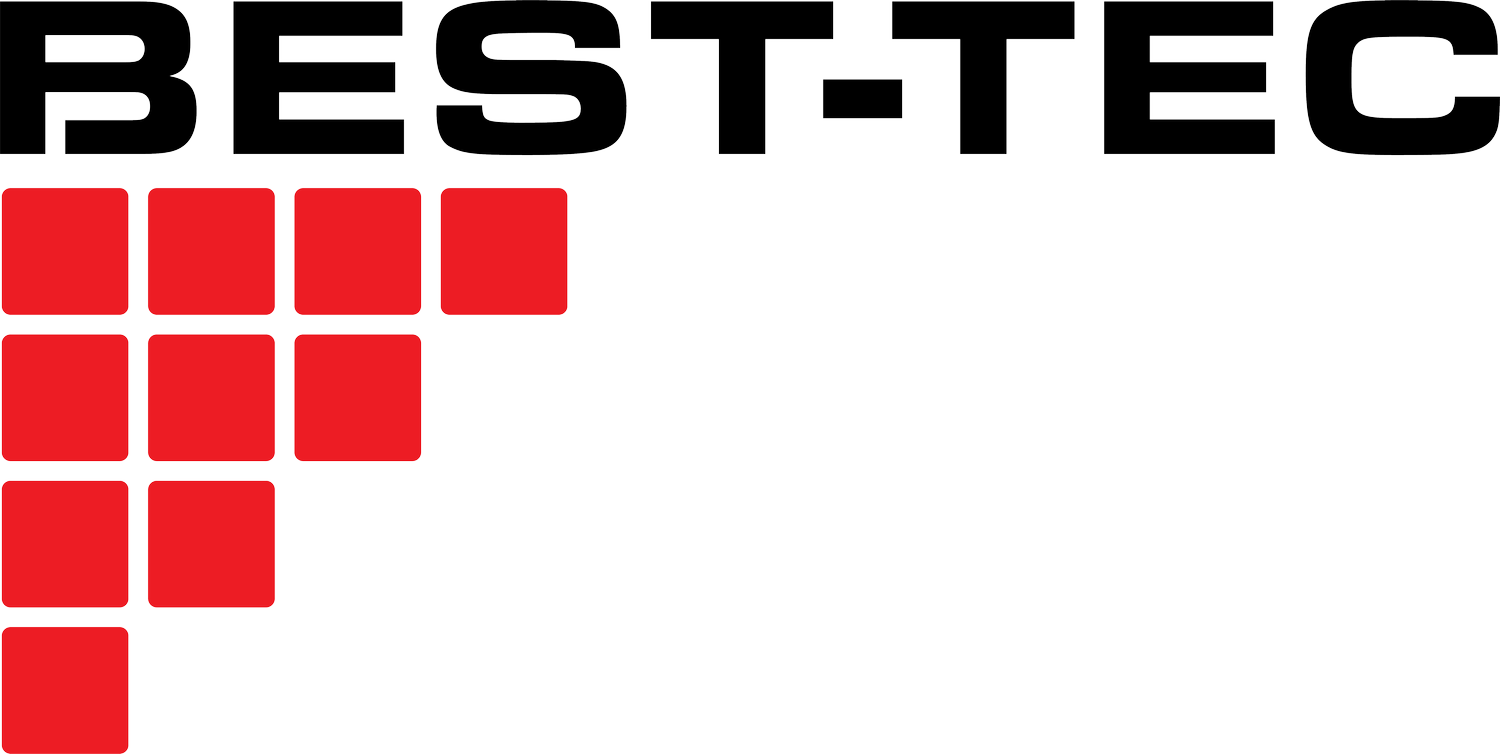The benefits of using laser ablation to remove lead paint
Lead is a common source of environmental pollution in paint produced before it was banned in 1978. It can cause serious health problems, so it is often removed during renovation and restoration projects. Removing lead paint from surfaces can be a difficult and hazardous task and should always be done by a certified professional. In this article, we will discuss the benefits of using laser ablation to remove lead paint. Laser ablation is a process that uses a high-powered laser to remove material from a surface. It is a safer and more environmentally friendly alternative to other methods of lead paint removal.



Traditional methods used to remove lead paint
Before we discuss using laser ablation, let's cover other methods that are commonly used. Before using any of these methods, it's common to apply a 24-hour chemical paint stripper to loosen up and scrape away thick layers of paint. The remaining paint and residue are then removed using additional methods.
One of the most common methods is using a mechanical grinder, which involves grinding the surface to break down the paint. While this method is effective and has been used extensively in the past, it produces many small particles which become airborne. This can cause contamination to the surrounding area, if not done properly. Additionally, the surface material can become damaged if the technician is not using the correct grinder head or not working the equipment properly.
Sandblasting is another common method for lead paint removal. This method involves blasting the surface to be cleaned with sand, which breaks down the paint through abrasion. Unfortunately, this method contaminates the sand and produces lots of hazardous waste which must be sealed and disposed of in a special landfill.
Both of these methods can potentially be harmful to both people and the environment, and it requires a lot of prep work as well as clean-up afterward.
A worker uses a 500-watt laser to remove rust and remaining lead paint from a surface. The laser safely vaporizes the surface effectively restoring the material to its original state.
What is laser ablation and how does it work?
Laser ablation is a process that uses a high-powered laser to remove material from a surface. It can be used to remove lead paint from surfaces, and it is a safer and more environmentally friendly alternative to other methods of lead paint removal. The laser energy causes the material to break down and vaporize, which is then vacuumed into a HEPA filter. After laser ablation, only the bare surface of the material remains, effectively restoring the material to nearly perfect manufacturing conditions. Even rust is no match to the laser. This process is very effective in removing lead paint from surfaces, and it is also much safer than other methods of lead paint removal.
The environmental benefits of using laser ablation to remove lead paint are also significant. Laser ablation does not produce any toxic fumes or residue, which can be harmful to both people and the environment. Additionally, lasers are very efficient and can remove large amounts of lead paint quickly, which reduces the amount of time that the surface needs to be exposed to these toxins.
Because of these factors, laser ablation is often more cost-effective than sandblasting. While it is a more expensive process than sandblasting or grinding, it requires less time, clean-up, and labor, which makes it more cost-effective in the long run of the project.
Overhead view of a laser technician using a laser to remove rust, lead paint, and debris from a surface.
Time lapse of a laser technician using a laser to clean a surface that had lead paint removed.

